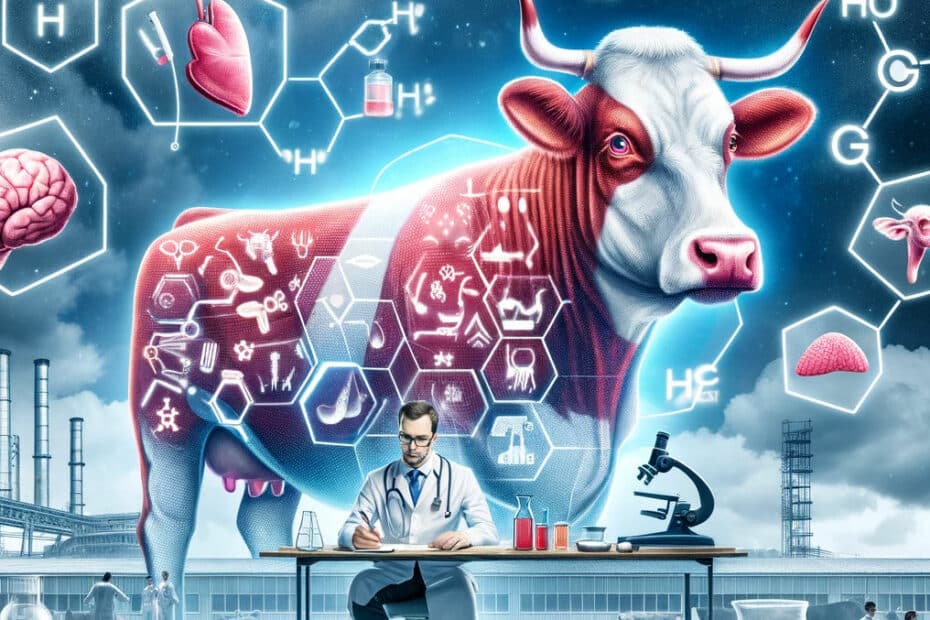Last Updated on July 7, 2024 by Max
Welcome to the Tenth Part of Our Food Safety Series
Part of our ongoing series on food safety standards delves into the use of hormones in the U.S. beef industry. As you enjoy beef products, it’s important to understand the implications of hormone treatments used to boost growth and efficiency in cattle. This segment examines the types of hormones used, their safety evaluations, and the stark contrast in regulations between the U.S. and the European Union.
As you relish a tender steak or a juicy hamburger, have you ever contemplated the journey the beef undertook to reach your plate? The use of hormones to expedite growth and enhance efficiency in meat production is a contentious procedure in the U.S. beef industry (U.S. Food and Drug Administration (FDA), 2019).
Six hormones, three natural (estradiol, progesterone, and testosterone), and three synthetics (zeranol, trenbolone acetate, and melengestrol acetate), are routinely used in the U.S. beef industry. These hormones aid cattle in faster growth, produce leaner meat, and are recognized as safe for human consumption by the U.S. Food and Drug Administration (FDA, 2009).
Nevertheless, the use of hormones in meat production has elicited concerns, particularly concerning potential cancer links. Some research implies that exposure to hormone residues in meat could disrupt human hormone balance, potentially causing reproductive health problems and an elevated risk of certain cancers (Markey, C.M. et al., 2001).
The European Union, conversely, has opted for a more cautious approach. In 1988, the EU banned the usage of all hormones in beef production due to potential public health risks (European Commission, 1988). This ban also applies to imports, leading to continuous trade disputes with countries where hormone usage in beef production is allowed (European Commission, 2015).
Once more, we encounter a stark difference in food safety regulations between the EU and the U.S. As we continue to navigate these complex issues, it is paramount to consider the productivity of food production and the potential impacts on our health.
What are your thoughts on the use of hormones in meat production? Do these practices influence your food choices or your perspectives on food safety?
Conclusion
As we wrap up our examination of hormone-treated beef, the significant regulatory differences between the EU and the U.S. become clear. These practices influence the quality of meat and raise questions about consumer health and ethical considerations in meat production. What is your perspective on hormone use in beef production? How do these practices affect your food choices and views on food safety?
References
- U.S. Food and Drug Administration (FDA). (2019). Steroid Hormone Implants Used for Growth in Food-Producing Animals. Washington, D.C.: FDA.
- U.S. Food and Drug Administration (FDA). (2009). FDA’s Assessment of the Safety of Food Derived from Animal Clones. Washington, D.C.: FDA.
- Markey, C.M., et al. (2001). Endocrine Disruptors: From Wingspread to Environmental Developmental Biology. Journal of Steroid Biochemistry and Molecular Biology, 127(1-2), 27-36.
- European Commission. (1988). Council Directive 88/146/EEC Prohibiting the Use in Livestock Farming of Certain Substances Having a Hormonal Action. Brussels: European Commission.
- European Commission. (2015). Hormones in Meat. Brussels: European Commission.
